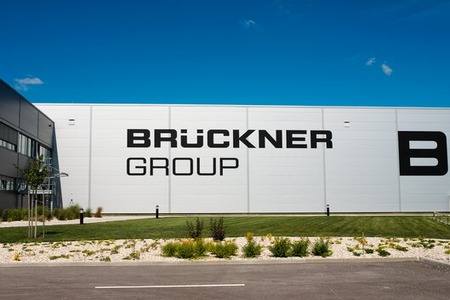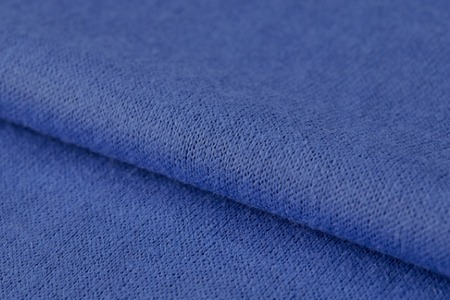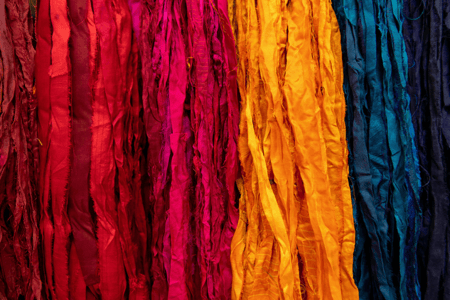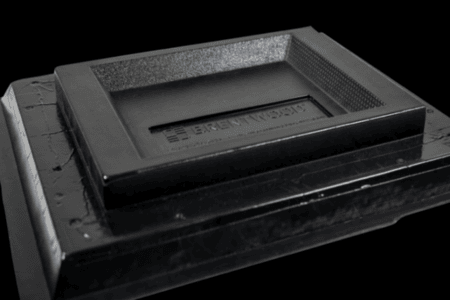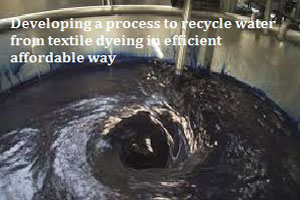
Developing a proces to recycle water from textile dyeing in affordable way
YarnsandFibers News Bureau 2017-03-21 17:00:00 – USEvery year around 12,000 kilometres of textile materials are dyed. And for that, millions of litres of water are needed. After use, the water is full of colorants, chemicals and salts. How to recycle polluted water during dyeing textile materials in an efficient and affordable way, so it can be re-used in the whole dyeing process? European researchers think that they’ve found an answer to s question.
Aim is to find solutions to recycle water from textile dyeing in efficient, affordable ways. Scientists have designed a test recycling unit. Two different processes are used to clean up the water.
A first process, called electro-coagulation, eliminates colorants and the second, called reverse osmosis, contributes to the elimination of salts.
First they go to the auto-filtration membranes, where they take out all the small particles and all the other things. Then they go to the second process, called reverse osmosis, that will take even salts and all the rest of the stuff. At the end of the day, nice colour-free water, totally clean, nothing in it not even salts, said Eric van Sonsbeek, Chemical Engineer, EColoRO.
Strict control analysis at each step is used to confirm the efficiency of the different processes. All chemical pollutants and colorants are removed, let’s say that around 93-96 percent of them are removed. Colour is nearly 100 percent removed in this process, enthused Mert Can, Process Engineer, EColoRO.
Researchers now plan to upscale the existing test unit to a bigger one to be used at the factory, with an eye to creating a closed loop where water is constantly recycled and reused.
With technology in place that enables to reduce water intake by 75 percent or more, already there is a very big cost reductions. Also, you will not discharge to the municipal waste water plant any more, so you will not have any issues with balancing your waste water with that coming from other streams into the municipal waste water treatment plants. So you are freeing up capacity there in the municipal setting, saud Andreas Tenn Cate, Chemical Engineer, ISPT/ECWRITI Project Coordinator.
Scientists said that they hope this technology could also improve the competitiveness of the textile and clothes manufacturing sector in the European Union, that employs some 1.6 million people.
Aware of these economical and environmental challenges, factory in Belgium has teamed up with scientists from a European research project.
Market Intelligence
Ask for free sample Report

experience
Customer Base
dedicated team
Countries Served Worldwide



